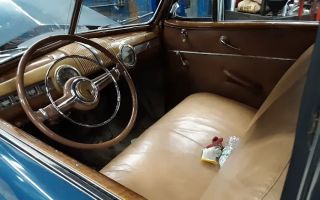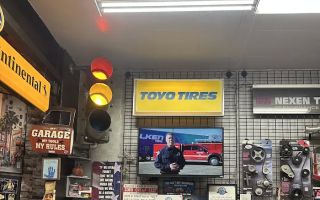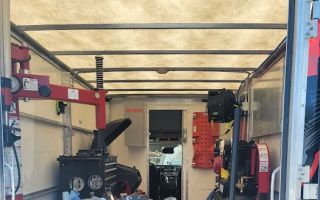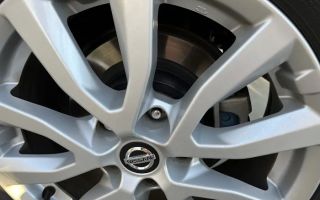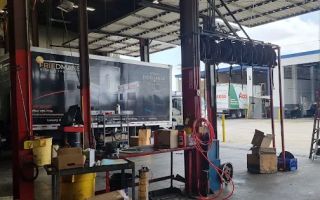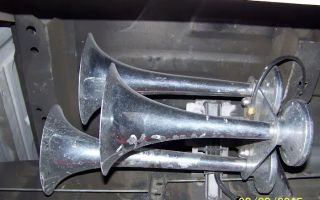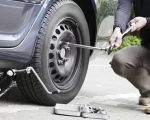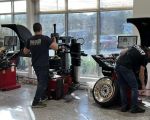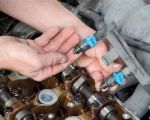- 1-Identifying-Radiator-Leak-Symptoms
- 2-Immediate-Actions-to-Take-When-Your-Radiator-Leaks
- 3-Temporary-Fixes-for-Radiator-Leaks
- 4-Importance-of-Professional-Radiator-Repair
- 5-Preventative-Maintenance-to-Avoid-Radiator-Leaks
- 6-Real-Life-Case-Studies-of-Radiator-Leak-Handling
1. Identifying Radiator Leak Symptoms
Recognizing that your car’s radiator is leaking early can save you from costly repairs and prevent engine damage. Common signs include visible coolant puddles under the car, especially after parking, an overheating engine gauge, steam rising from under the hood, or a sweet smell indicative of leaking antifreeze.
Other symptoms like frequent need to refill coolant or unexplained drops in coolant levels also point toward a leak. Paying close attention to these indicators allows timely intervention and helps avoid breakdowns on the road.
2. Immediate Actions to Take When Your Radiator Leaks
If you suspect your car’s radiator is leaking, it’s crucial to act swiftly but safely. Avoid driving the vehicle to prevent overheating or engine damage. Turn off the engine, allow it to cool completely, and check the radiator and coolant reservoir for visible leaks or damage.
Do not open the radiator cap while the engine is hot to prevent burns from hot steam or fluid. If the leak is severe or coolant level dangerously low, contact a roadside assistance service like Rescue & Towing for safe towing to a repair shop.
3. Temporary Fixes for Radiator Leaks
While professional repair is essential, temporary fixes can help you reach a mechanic safely. Radiator stop-leak products can seal small leaks temporarily when added to the coolant system. Additionally, tightly wrapping a leaking hose or applying epoxy may slow fluid loss until repair.
These solutions are stopgap measures and should never replace a thorough inspection and permanent repair. Use them cautiously and monitor engine temperature closely during use.
4. Importance of Professional Radiator Repair
A leaking radiator compromises the cooling system’s effectiveness and can lead to serious engine problems if untreated. Certified mechanics use pressure tests and inspections to locate leaks accurately and recommend repairs ranging from hose replacement to radiator welding or full radiator replacement.
Professional service ensures the cooling system is restored to optimal function, preserving engine health and vehicle reliability. Attempting DIY fixes without proper knowledge may worsen the issue or cause unsafe conditions.
5. Preventative Maintenance to Avoid Radiator Leaks
Routine maintenance is key to preventing radiator leaks. Regularly check coolant levels and quality, inspect hoses and clamps for wear, and flush the cooling system as recommended by your vehicle manufacturer. Maintaining the radiator cap and thermostat in good condition also supports system integrity.
Seasonal inspections, especially before hot summer months or winter freezes, reduce the risk of leaks and overheating. Investing in preventive care extends radiator lifespan and protects your vehicle from unexpected breakdowns.
6. Real-Life Case Studies of Radiator Leak Handling
John, a commuter in Seattle, noticed coolant pooling under his car and an overheating gauge. He contacted Rescue & Towing for assistance, avoiding engine damage by not driving the car further. After professional repair, including hose replacement and coolant flush, his vehicle has run reliably for over a year.
Another example involves Maria, who used a temporary stop-leak product to reach a mechanic safely. Prompt diagnosis identified a small radiator crack that was welded, saving her from a costly replacement. Her experience highlights how quick action combined with expert service leads to successful outcomes.


